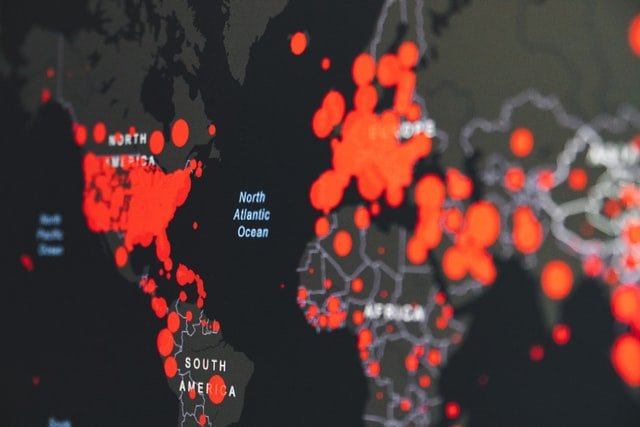From the depths of the pandemic, it’s hard to see beyond it — to put its impact in context and think about what happens after the worst is behind us. But that’s exactly what public health experts like Anne Rimoin are trying to do to make sure we learn from this experience and apply this new knowledge to the next global health threat.
While most of us are reeling from crossing the threshold of 3 million global deaths — a number that doesn’t do justice to the true toll of COVID-19 — virologists know that in some ways we actually lucked out. For all its fearsomeness, the SARS-CoV-2 virus left most of its victims alive. Not all viruses are so gentle. Had SARS-CoV-2 been even a tiny bit more lethal, the death toll could have been much higher.

“The truth is it could be a lot worse,” Rimoin, an epidemiologist at the University of California, Los Angeles, told scientists in a presentation at the annual meeting of the American College of Medical Genetics and Genomics. “We really need to learn from this experience.”
With a global population that’s more interconnected than ever — traveling easily across continents, countries, and types of environments — and pushing deeper into natural habitats where we are more likely to encounter animals, opportunities for pathogens to jump from an animal host to humans abound. According to Rimoin, hundreds of infectious diseases have emerged since the mid-20th century. If anything, the frequency of these spillover events is increasing.
As we saw with COVID-19, chasing after the virus once it leaks across international borders can be a losing battle. “What we need here is better prevention,” Rimoin said. “We have to rethink what pandemic preparedness means.”
This pandemic exposed some major weaknesses in our ability to prevent or contain an emerging infectious disease. Surveillance efforts failed spectacularly: we didn’t see this virus coming despite its common precursors in bats and pangolins, and it sneaked into many countries undetected even after it was a known threat. Existing disparities in health systems — “even in high-resource settings like right here in the United States” — contributed to worse outcomes, Rimoin said.

She’s calling for a number of changes that would make us better prepared to address the next crisis, including investments in vaccine distribution channels, therapeutic development, the global supply chain, and inexpensive point-of-care diagnostic platforms to produce accurate results anywhere in the world. Rimoin also said funding agencies should allocate infectious disease research funds in ways specifically designed to bypass the standard lengthy review process, enabling rapid distribution of that money when and where it is needed. Finally, she urged more support for public health practitioners, who often lead the charge on disease surveillance programs, and a “global unified response” for future threats.
“An infection anywhere is potentially an infection everywhere,” Rimoin said. “Outbreaks are inevitable, but emerging pandemics are preventable.”

















